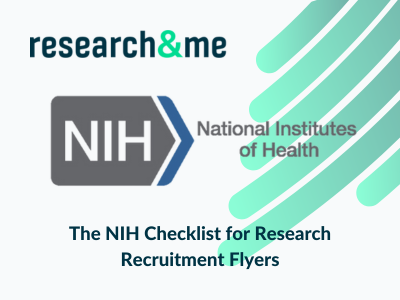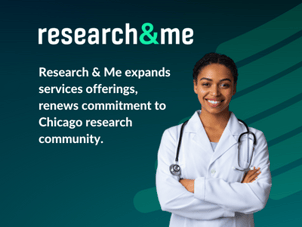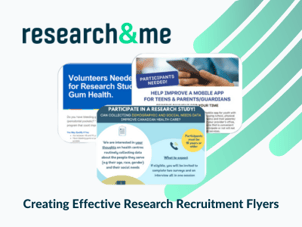August 16, 2023

Written By:
Rob C.
As science and health communicators, our main goal is to share our institutions’ wealth of science and health knowledge. We strive to make the information accessible to a broad range of people — from scientists and health professionals to health educators to patients and the general public. By pooling the experience and advice from experts in our community, we’ve started a list of strategies for communicating science and health research to the public.
Setting the stage
Describing the science
The article is from the National Institutes of Health website (posted 2/15/23) and can be found in full at NIH Checklist for Communicating Science and Health Research to the Public

January 31, 2023
NEWS PROVIDED BY January 23, 2023; 1:17pm ET Chicago, January 23, 2023 -- Research & Me has focused on driving participant recruitment for the research community. And while that has been very...
Read More
January 21, 2023
Chicago, January 16, 2023 -- Founded in 2003, Research & Me connects qualified participants to the revolutionary advancements of academic, medical, pharmaceutical and corporate research across the...
Read More
August 16, 2023
How to Create Effective Research Recruitment Flyers By following these tips below, you can create research recruitment flyers that will help you attract more participants. Remember 1) keep your flyer...
Read More